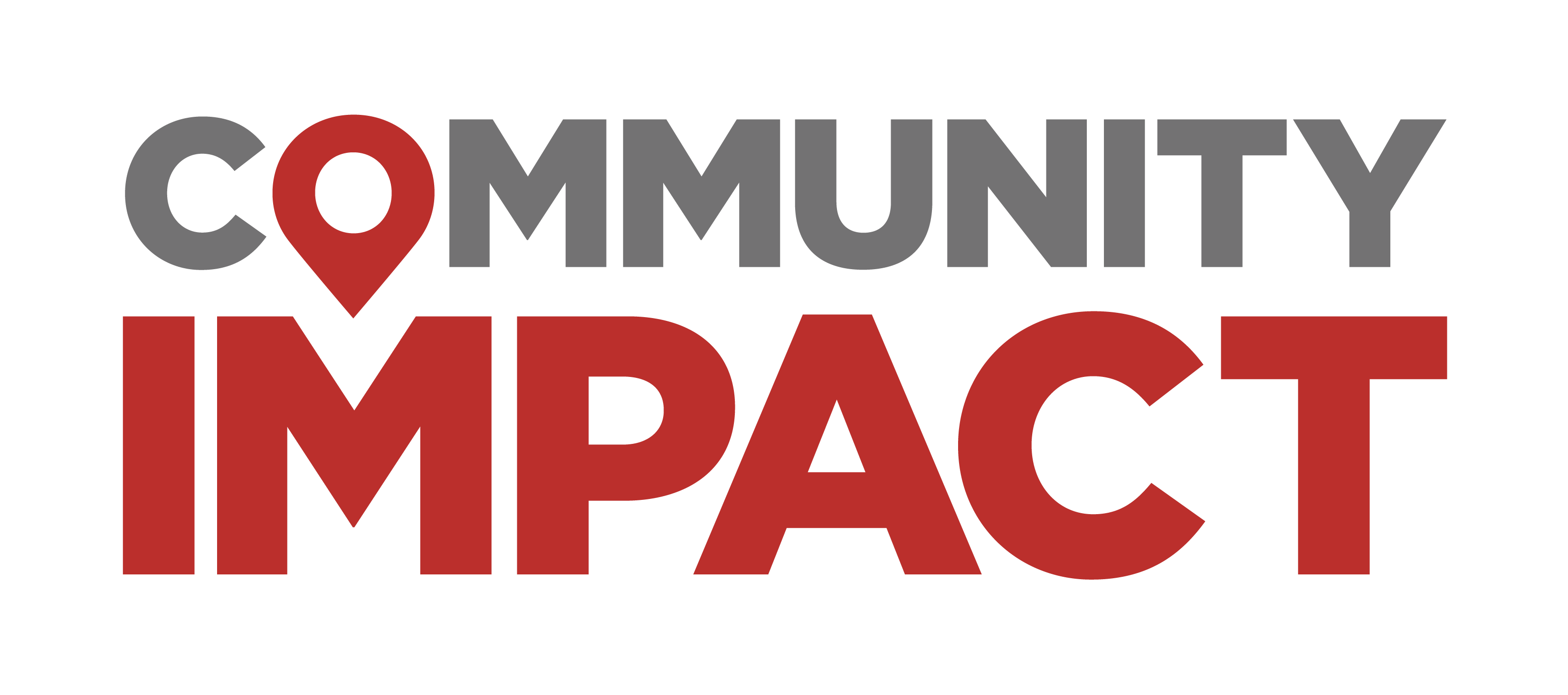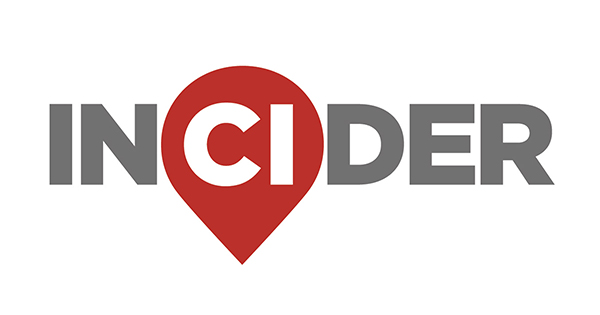The details
Speed calming measures such as roundabouts, speed-activated signs and speed bumps help reduce vehicle speeds and decrease crash frequency, according to city documents.
While measures such as speed bumps, humps and cushions can reduce speed by 15-20 mph, they can also hinder emergency vehicles and contribute to noise pollution, Georgetown Transportation Manager Lua Saluone said at an Oct. 28 City Council workshop meeting.
Although these measures reduce traffic by 20%, they can create a backup elsewhere, pushing traffic onto neighboring roads, Saluone said.
The 2025 Neighborhood Traffic Management policy proposes removing speed humps, raised intersections and crosswalks, and full closures and one-way streets from the approved traffic calming measures.
Other measures remained in the policy, including:
- Road markings such as edgelines
- Roundabouts and traffic circles
- Chokers that narrow the roadway
- Shifts in the street alignment
- Speed-activated signs and radars
- Traffic enforcement
About the program
Georgetown’s Neighborhood Traffic Management Program allows residents to address concerns about speeding, traffic and safety.
Homeowner and neighborhood groups can request traffic studies and improvements on existing city streets through a formal application process, as long as they have support from a majority of residents. Approved projects are evaluated and implemented by city staff based on eligibility and available funding.
Georgetown first adopted official traffic calming measures as part of its Neighborhood Traffic Management Program in 2018.
The program was implemented and studied in five areas of the city:
- Sun City
- Track-Ridge-Grasshopper neighborhood
- Churchill Farms neighborhood
- San Jose neighborhood
- La Conterra Boulevard and Naturita Drive





